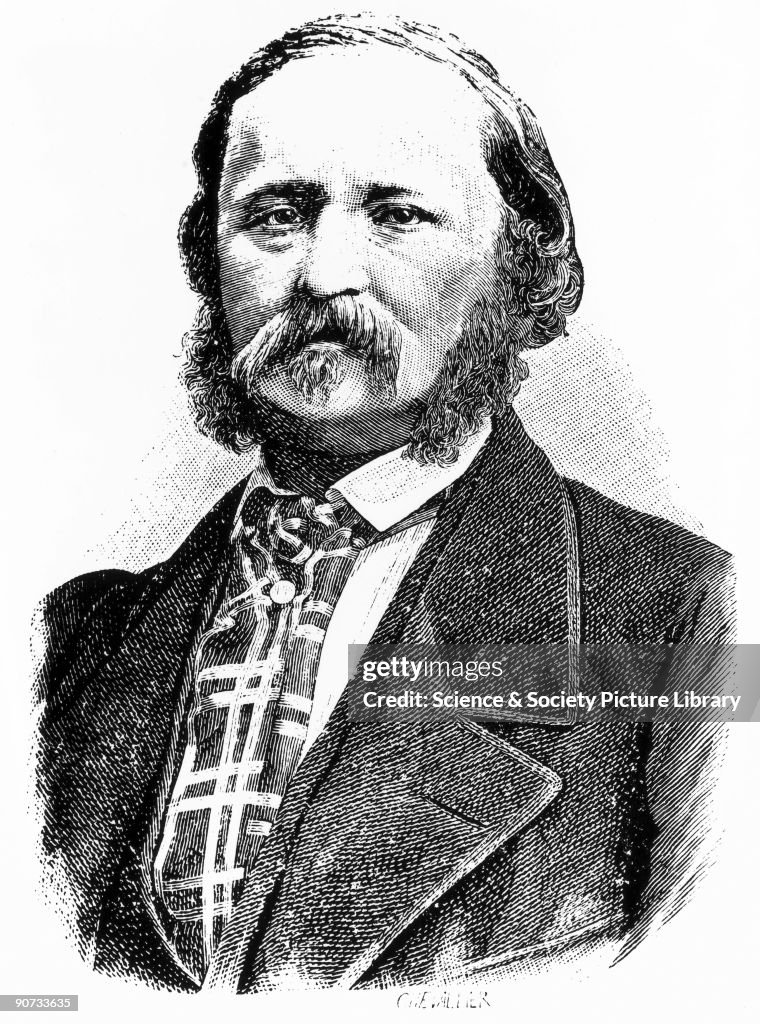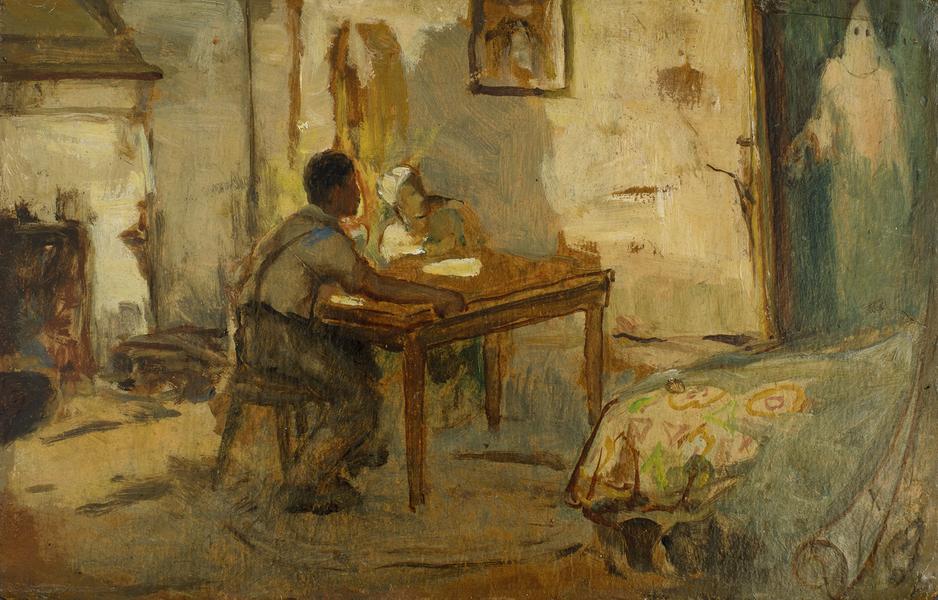Did you know that the history books often overlook a crucial figure in the invention of sound recording, a pioneer who predates the widely celebrated Thomas Edison? The answer lies in the groundbreaking work of douard-Lon Scott de Martinville, whose invention, the phonautograph, predates Edison's phonograph and marks a pivotal moment in the evolution of how we capture and understand sound.
Before the world became acquainted with Edison's phonograph, which revolutionized the way we listened to and preserved sound, a French inventor, douard-Lon Scott de Martinville, was quietly laying the groundwork. Born in the early 19th century, Scott, a typographer and proofreader by trade, embarked on a quest to find a mechanical means of recording sound. It was in 1857, in France, that Scott patented his invention: the phonautograph. Unlike Edison's later creation, the phonautograph was designed to graphically record sound waves, not to reproduce them. Nevertheless, this device marked a crucial first step in sound recording technology.
The phonautograph worked by using a vibrating membrane, akin to the human eardrum, to capture sound waves. This membrane was attached to a bristle, which would trace the vibrations onto a surface coated with lampblack. The resulting graphic representation of the sound waves could then be examined to study the properties of sound. Though the phonautograph couldn't play back the recordings, it was a remarkable feat for its time, demonstrating the potential for sound to be captured and visualized.
- Remote Iot Monitoring With Ssh On Raspberry Pi A Comprehensive Guide
- Belgium National Football Team Vs France National Football Team Lineups A Comprehensive Analysis
The recognition of the phonautographs significance has gained momentum in recent years. It is now understood that sound recording was, in essence, invented twice. While Thomas Edison's name is synonymous with the phonograph and its ability to reproduce sound, the efforts of Scott and his pioneering device opened up new avenues in the study of sound. It allowed scientists and researchers to visualize sound and gain deeper insight into its complexities.
The story of sound recording also involves other innovators, such as Charles Cros. His idea predated Edison's and involved a process of capturing and reproducing sound. Cros's concept, while not resulting in a functional machine, contributed to the evolution of the concept of sound reproduction.
The discovery and playback of even older recordings has further underscored the importance of the phonautograph. It is a testament to the ingenuity of inventors and the ever-evolving history of technology.
- Remoteiot Platform Ssh Free Download And Comprehensive Guide
- Does Barron Trump Really Sing Exploring The Young Trumps Musical Talent
Let's not forget the contributions of the American artist William Edouard Scott. Born in Indianapolis, Indiana, in 1884, Scott's life and work are a testament to his artistic talent. From his early days in public schools and manual high school, under the guidance of Otto Stark, Scotts potential was evident. He further honed his skills at the John Herron Art Institute before enrolling at the Art Institute of Chicago.
The artistic flame that would define Scotts career was ignited in France. While he received his initial training and inspiration in Indianapolis and Chicago, it was the Parisian art scene that truly shaped his style. A scholarship allowed him to travel to Paris in 1908, where he immersed himself in the world of art. This European experience profoundly influenced his technique and provided him with new perspectives.
Scott's talent was recognized through a series of commissions that took place while he was still a student. His murals in local schools stand as testaments to his talent, and are considered among the earliest public works depicting African Americans. Throughout his career, Scott created paintings that reflected his kindness, and his mastery of the craft has secured his legacy as a highly influential artist.
His works, shown in prominent galleries such as the Bill Hodges Gallery in New York and the Fridman Gallery, showcase the depth and breadth of his artistic skill. Many of his paintings have been displayed in galleries and museums, further cementing his place in art history. Scott's impact on the art world is clear through his dedication to his craft, his artistic talent, and his efforts to portray his subjects in an authentic light.
In summary, the history of sound recording and artistic expression offers a glimpse into the minds of the creative pioneers, the unsung heroes, and their contribution to our cultural landscape. It is a story that is constantly being re-evaluated and refined as new information and insights surface, and as the legacy of those who shaped our world is understood more completely.
Here's a table summarizing the key details about William Edouard Scott:
| Attribute | Details |
|---|---|
| Full Name | William Edouard Scott |
| Birth Date | 1884 |
| Birthplace | Indianapolis, Indiana |
| Education | Public School No. 23, Manual High School (under Otto Stark), John Herron Art Institute, Art Institute of Chicago |
| Career | Artist, Muralist |
| Known For | Early public works depicting African Americans, artistic talent |
| Key Influences | Otto Stark, Parisian art scene |
| Major Accomplishments | Murals in local schools, scholarship to Paris in 1908 |
| Exhibitions | Bill Hodges Gallery, Fridman Gallery, and numerous other galleries and museums |
| Reference Website | Wikipedia |
In conclusion, the history of sound recording and artistic expression is an ever-evolving narrative, filled with innovators and their contributions to our cultural landscape. It is a story that is constantly being re-evaluated and refined.
- Remoteiot Platform Download Your Ultimate Guide To Streamlining Iot Deployment
- Remoteiot Monitor Software Free Your Ultimate Guide To Efficient Remote Monitoring


